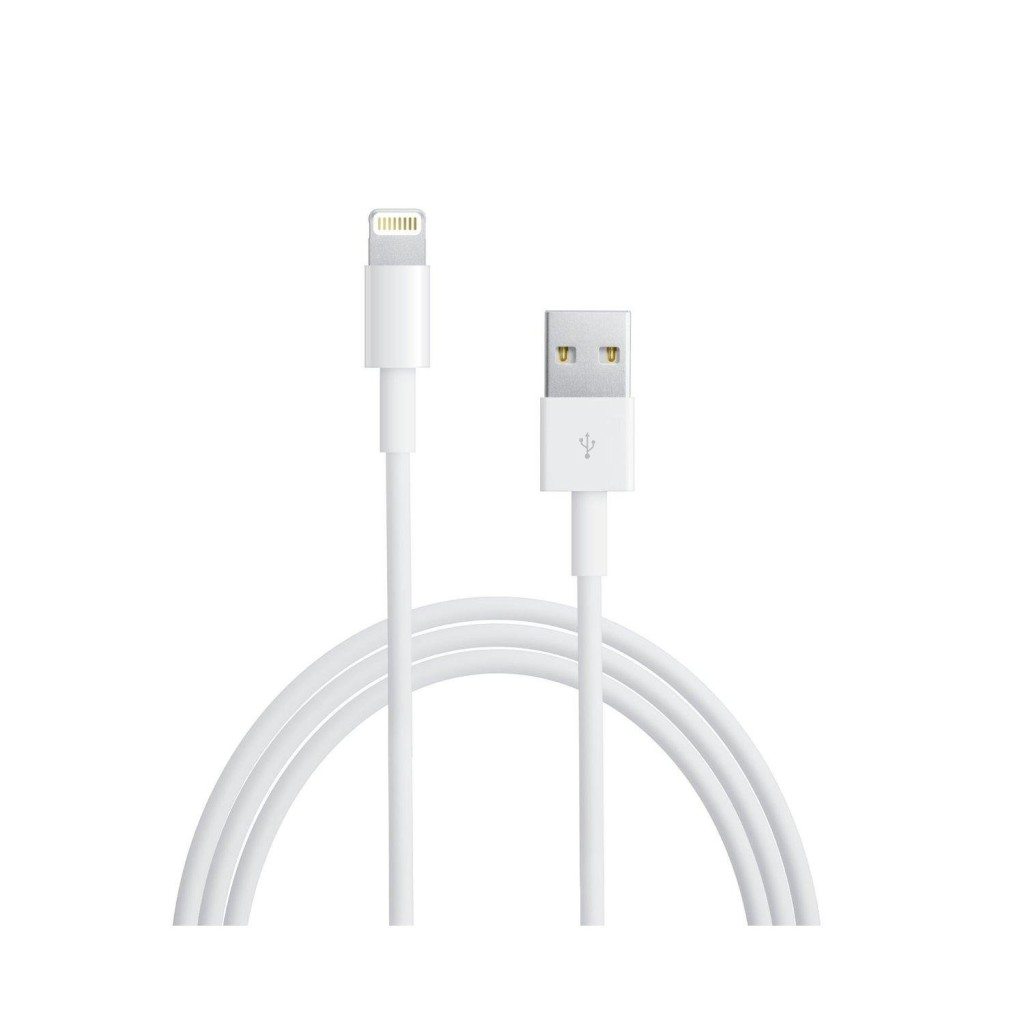We go through a lot of Lightning cables in my house for our various Apple devices. It doesn’t seem to matter how much we pay for the Lightning cable, or whether it’s an official Apple Lightning cable or some third-party version. The simple fact is that they all crack, fray, or otherwise fail within a month or two for us.
I realize that isn’t everyone’s experience. It does seem to suggest some element of “We’re just using it wrong.” But, I don’t feel like we’re doing anything unusual or abusive–just charging iPhones and iPads.
I wrote this post about the issues we face with Lightning cables:
Apple’s iPhone smartphones and iPad tablets are phenomenal—almost indispensable—devices. Apple’s products have an Achilles heel, though, and that weakness may cost you a bundle: the Lightning cable. The Lightning cable is required to charge Apple’s latest mobile devices, but the cables are expensive and fall apart easily—amounting to a hefty hidden surcharge on the cost of owning and using an iPhone or iPad.
You can activate an iPhone or iPad over the air, and you can configure the device to sync with a Windows or Mac PC wirelessly. There’s no alternative, however, for recharging the device. There are other charging options out there-like alarm clock radios or desktop docks that have a built-in Lightning connector, but the vast majority of charging gadgets require that you use one of the USB to Lightning cables—like the one that comes with the iPhone and iPad.
The problem is that the cable doesn’t last. It cracks and frays where the base of the Lightning connector meets the flexible cable. I have tremendous respect for Apple quality and attention to detail, so I would be inclined to chalk up the experience as a fluke. However, we have a lot of Apple devices in my house—six iPhones, and two iPads—and not one of the eight Lightning cables that came with those devices has survived.
The replacement cable from Apple costs $19. That seems a tad steep for a 3-foot section of wire—especially one that I already know is going to fall apart. I found cheaper alternatives from Amazon, including Amazon’s own Amazon Basics brand cables. I’ve had other vendors—like Lightning Rabbit—send me cables to test out. They all have issues and none of them have worked long term.
First of all, we have found that many of the third-party Lightning connectors are larger or fatter than the original Apple Lightning cable. I’m anti case (I even just removed the SlipStopper case I had conceded to using because the screen protector was scratched up and the backing had become discolored), but my wife and kids have cases on their iPhones and iPads and some of those Lightning cables simply don’t fit with the case on. Regardless of how each cable does or doesn’t work with various cases, so far every single Lightning cable we have used in this house—whether from Apple, Amazon, Lightning Rabbit, or any other vendor—has failed in some way within a couple months.
Read the full post on Forbes: Faulty Lightning Cables: The Secret Hidden Surcharge To Owning An iPhone Or iPad.
- Why Data Security Is the Real AI Risk - June 30, 2025
- Why Being Bold Matters in Cybersecurity—and Branding - June 3, 2025
- Gear Tested and Approved: My Top Picks for Dads and Grads This Season - May 28, 2025




Have you tried “Superfly cables” I was in same situation and saw these great comments claim undestrocatable and believe lifetime warranty so ordered two and no issues in fact ordered another one a few days ago….
Not to cast asparagus (jk) at Apple, it is interesting that I have on the order of a half dozen mini usb cables from various sources, of varying ages (like several years), some carried about about and rolled up in bags or purses and all are perfectly fine. Is it the way the wiring connects to the Lighting connector internally? Design flaw?
I still have and use the same cable that came with my iPad 2 mini over a year ago!